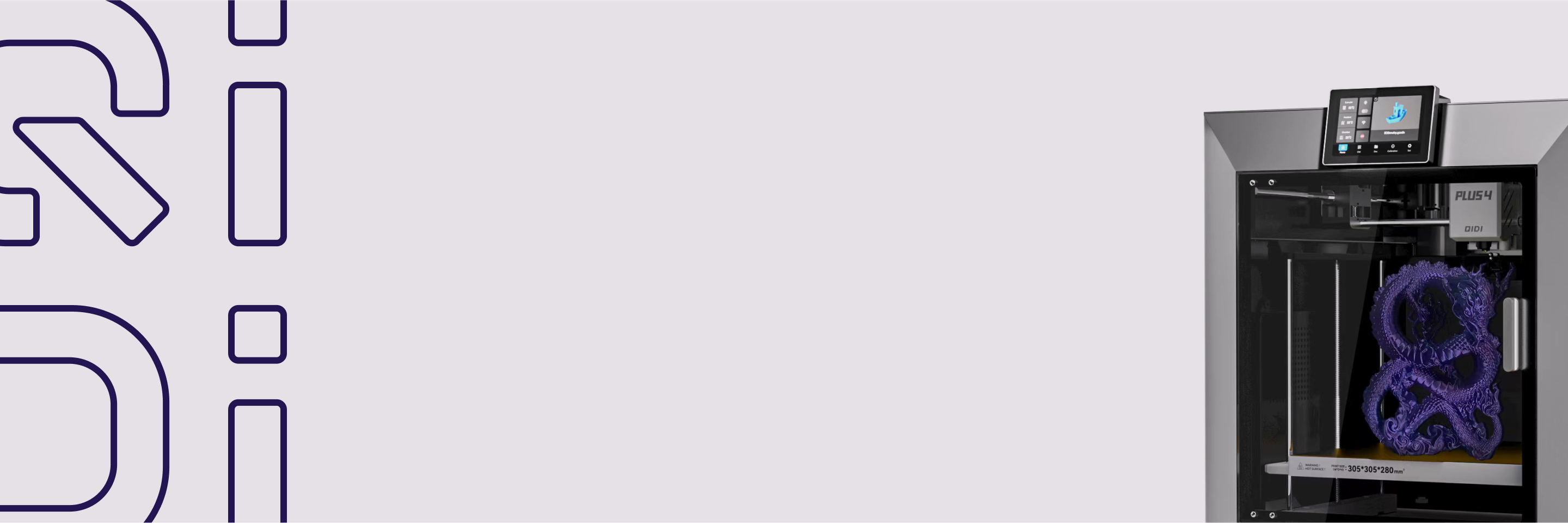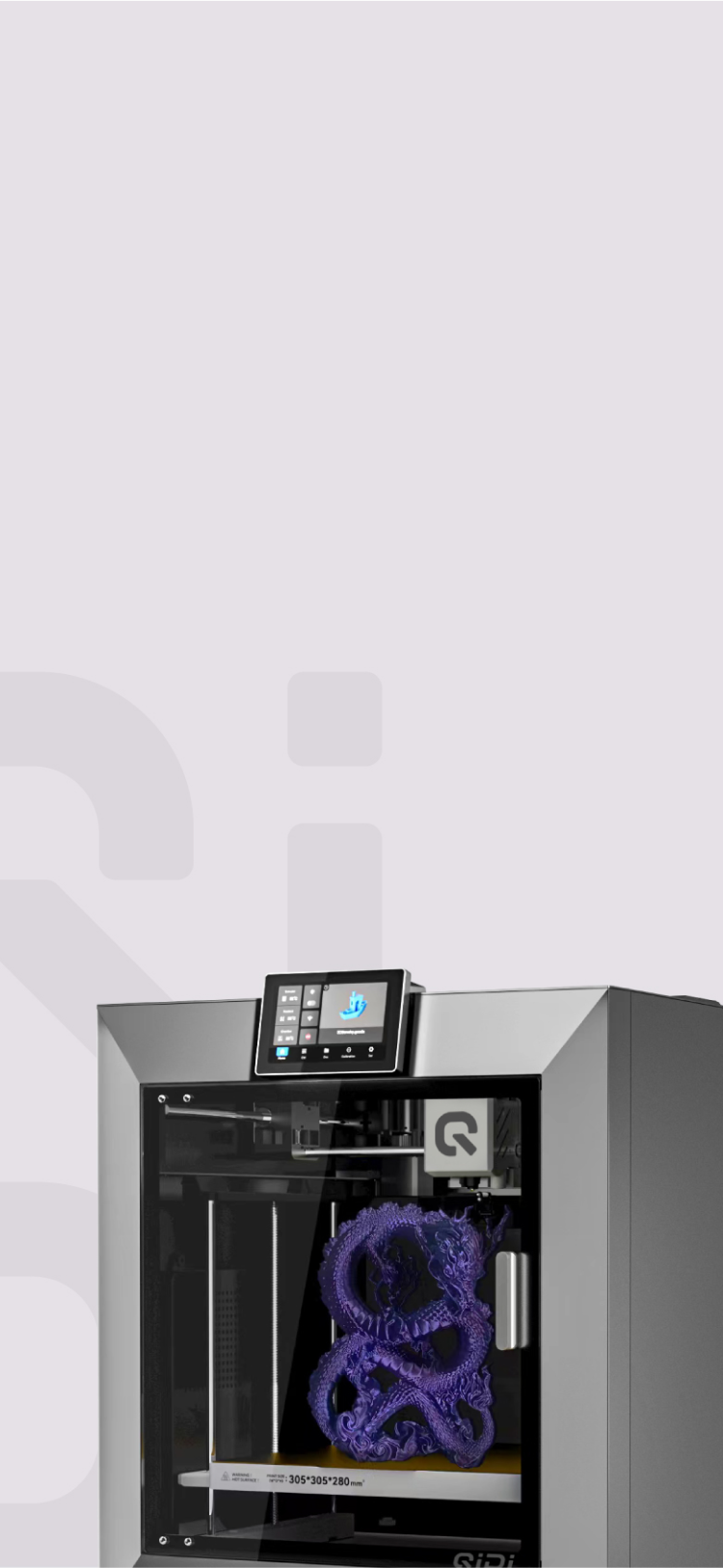What Is the Best 3D Printer for Home Use?


Answer at a Glance
For most homes, the best home 3D printer is an enclosed CoreXY machine with a 10–12 in square build area, auto bed leveling, a spring-steel PEI plate, HEPA plus activated carbon filtration, a 203–248°F (95–120°C) bed, a 113–149°F (45–65°C) chamber, an all-metal hot end rated 572–698°F (300–370°C), and input shaping. This mix delivers reliable first layers, clean walls at practical speeds, safer operation, and room to grow from PLA/PETG into ABS, ASA, PC, or nylon.
Home projects fall apart when prints warp, beds misalign, and fumes linger. The right choice fixes those pain points so ideas turn into parts without constant tinkering. If you want reliable results for storage bins, cosplay, school work, or small repairs, this guide shows a practical path to the best home 3D printer with clear criteria and simple checkpoints you can apply today.
Why Consider a 3D Printer for Home Use
Households use desktop fabrication for real needs: organizers that fit exact spaces, fixtures for DIY jobs, brackets to repair appliances, and models for learning. A capable machine lowers total cost per part, shortens wait time, and builds design skills. Families also enjoy hands-on creativity that grows with experience. For many homes, a 3D printer becomes a dependable tool alongside drills and sanders once it is set up correctly and lives in a well-ventilated spot. Exploring these possibilities shows just what a 3D printer can make for your household.
Where it helps most at home
- On-demand spares that match exact dimensions.
- Custom storage that fits shelves and drawers.
- Props and costume components sized to the wearer.
- STEM projects that make CAD lessons concrete.
Key Features to Look for in a Home 3D Printer
Start with placement and materials. Then match features to what you build most. A balanced home machine holds temperatures steady, drops a clean first layer every time, and keeps emissions under control.
Cabinet and temperature control
An enclosed cabinet shields prints from drafts and keeps curious hands away. For ABS or ASA, plan on a heated bed near 203–248°F (95–120°C). A warm chamber around 113–149°F (45–65°C) helps engineering plastics resist warping. If you stick to PLA and PETG, a stable bed with good adhesion is usually enough.

Extrusion and hot end
Direct drive extruders handle flexible filaments and tight retractions. An all-metal hot end rated around 572–698°F (300–370°C) gives headroom for PC or nylon later. High-flow nozzles and a generous melt zone sustain faster prints without starving the part of material.
Motion system and speed quality
Rigid frames, CoreXY motion, and light toolheads keep corners sharp. Input shaping reduces vibration at higher speeds. Spec sheets can list very high numbers, yet day-to-day print quality comes from tuned acceleration, square motion, and good slicer profiles.
Leveling and first-layer success
Auto bed leveling removes guesswork. Nozzle-based load-cell sensing can dial Z offset precisely. A spring-steel PEI plate offers repeatable adhesion and easy release. Aim for even squish across the plate so the rest of the print stays accurate.
Air quality and noise
Printing can release odors and fine particles. HEPA filtration paired with activated carbon helps, and a nearby window improves airflow during long ABS or ASA jobs. Quiet stepper drivers and an enclosure also keep the sound footprint comfortable for living areas.
Build area and footprint
Match the platform to your largest routine part:
- Compact, around 9 in cube for miniatures and drawer bins.
- Mid-size, about 10–12 in square for helmets in sections and larger fixtures.
- Large format, roughly 12–13 in square or taller for props and furniture jigs.
Safety and quality-of-life details
Look for filament runout sensing, thermal protections, power-loss resume, and a camera for remote checks. Clear slicer presets save time. Good cable management and accessible components simplify upkeep.
Best 3D Printers for Beginners and Hobbyists
New users need easy wins. Hobbyists want headroom for tougher materials or bigger builds. Use the profiles below to identify the best at home 3D printer for your space, projects, and learning curve.
Profile 1: First machine for family projects
Choose a compact enclosed unit with automatic leveling, PEI plate, quiet drivers, and guided slicer presets. PLA and PETG should succeed quickly at moderate speeds. A platform near 10 by 10 by 10 in keeps the footprint manageable in apartments and home offices.
Profile 2: Fast prototyping for cosplay and fixtures
Prioritize a rigid CoreXY frame, light toolhead, and input shaping. This setup maintains clean walls at higher speeds. Use PLA for drafts to validate fit, then PETG or ABS for final parts that face summer heat in cars or garages.
Profile 3: Engineering materials on a budget
Temperature rules. Plan on a bed that holds near 110°C, a chamber that warms to about 45–65°C, and a hot end with room to reach 300°C or higher. Nylon, ABS, ASA, and PC benefit from that environment. Keep hygroscopic filaments dry with a sealed box or dryer while printing.
Profile 4: Miniatures and fine detail
A tuned FDM machine can deliver crisp edges with a 0.2 mm layer and a small nozzle. Stable temperatures, precise retraction, and minimal vibration matter more than headline speed. A camera helps catch small-tower failures before they spread.
Profile 5: Education and shared spaces
Focus on enclosure, filtration, and simple on-screen guidance. Locked doors, HEPA and carbon elements, and stable presets reduce failed jobs. Clear maintenance steps and labeled profiles make it easy for many users to share one platform.
Budget-Friendly vs. Premium Home 3D Printers

Price reflects capability, yet the right fit depends on what you print and how often you print. Use the map below to align features with real projects. This keeps the hunt for the best home 3D printer grounded in outcomes rather than specs alone.
A budget setup aims at casual weekly use with PLA and PETG. Premium models favor stability at speed and stronger materials. Read the table across each row, then match your highest priorities to the tier that covers them. For example, a premium model like the QIDI X-Max 3 offers a large build volume and features designed for high-speed, reliable printing.
| Aspect | Budget-Friendly Tier | Premium Tier |
|---|---|---|
|
Build area |
Compact to mid-size, up to ~10×10×10 in |
Mid to large, ~12×12×12 in or taller |
|
Motion |
Cartesian or basic CoreXY |
Rigid CoreXY, light toolhead, tuned input shaping |
|
Temperatures |
Bed to ~203–230°F (95–110°C); basic enclosure optional |
Bed to ~230–248°F (110–120°C); warm chamber ~113–149°F (45–65°C) |
|
Hot end |
All-metal around 500–572°F (260–300°C) |
High-flow, ~572–698°F (300–370°C); hardened nozzles |
|
Leveling |
Assisted or mesh leveling |
Nozzle-based sensing with precise Z offset |
|
Filtration |
Minimal or add-on |
Integrated HEPA plus activated carbon |
|
Materials |
PLA, PETG, occasional ABS |
ABS, ASA, PETG, Nylon, PC, filled composites |
|
Quality posture |
Good results at modest speeds |
Clean walls at higher speeds after tuning |
Choose the Right Home 3D Printer with a Simple Plan
Create a short plan before you buy. List three parts you will print in the first month, where the machine will sit, and how sensitive your home is to noise and odors. Then match features to that plan. If you focus on small organizers, a compact model with foolproof first-layer tools will feel perfect. If you build props or fixtures, size and motion control come first. If you explore ABS, ASA, PC, or nylon, put temperature and filtration at the top of the list. With careful setup, a 3D printer becomes a steady home tool that saves time and opens new skills. Once your plan is clear, you can explore a curated collection of FDM 3D printers to find the perfect match for your needs.
5 FAQs About Desktop 3D Printing Essentials
Q1. How should I store and dry filament at home?
Keep spools in an airtight bin with desiccant and a hygrometer targeting 20–40% RH. Dry before critical prints: PLA 113–131°F (45–55°C) 4–6h; PETG 140–149°F (60–65°C) 4–6h; Nylon 158–176°F (70–80°C) 6–8h. Avoid kitchen ovens; use dedicated dryers.
Q2. What power setup do I need for a desktop printer?
Check the nameplate first. Most units peak between roughly 200–500 W, fine on a 120 V/15 A household circuit. Use a short, heavy-gauge cord and a UL-rated surge protector. Avoid daisy-chaining strips, keep vents clear, and install a nearby smoke detector.
Q3. What routine maintenance keeps prints consistent?
After each job, clean the plate with 90% IPA. Weekly, inspect the nozzle, belts, and fans. Monthly, lubricate rails or rods per manufacturer guidance. Quarterly, tighten fasteners, verify E-steps/flow, and re-run PID tuning after any hot end or bed replacement.
Q4. How can I estimate the cost per part quickly?
Use slicer outputs. Material cost = (filament grams ÷ 1000) × price/kg. Energy cost = (average watts × hours ÷ 1000) × local $/kWh. Add a small allowance for consumables and wear. Track a few jobs to calibrate your own baseline.
Q5. Which nozzle size should I choose?
A 0.4 mm nozzle balances detail and speed for daily use. Choose 0.6 mm for stronger walls and faster drafts. Pick 0.25–0.3 mm for fine features. Set layer height to about 25–80% of nozzle diameter. Use hardened nozzles for abrasive filaments.


 Q2
Q2





